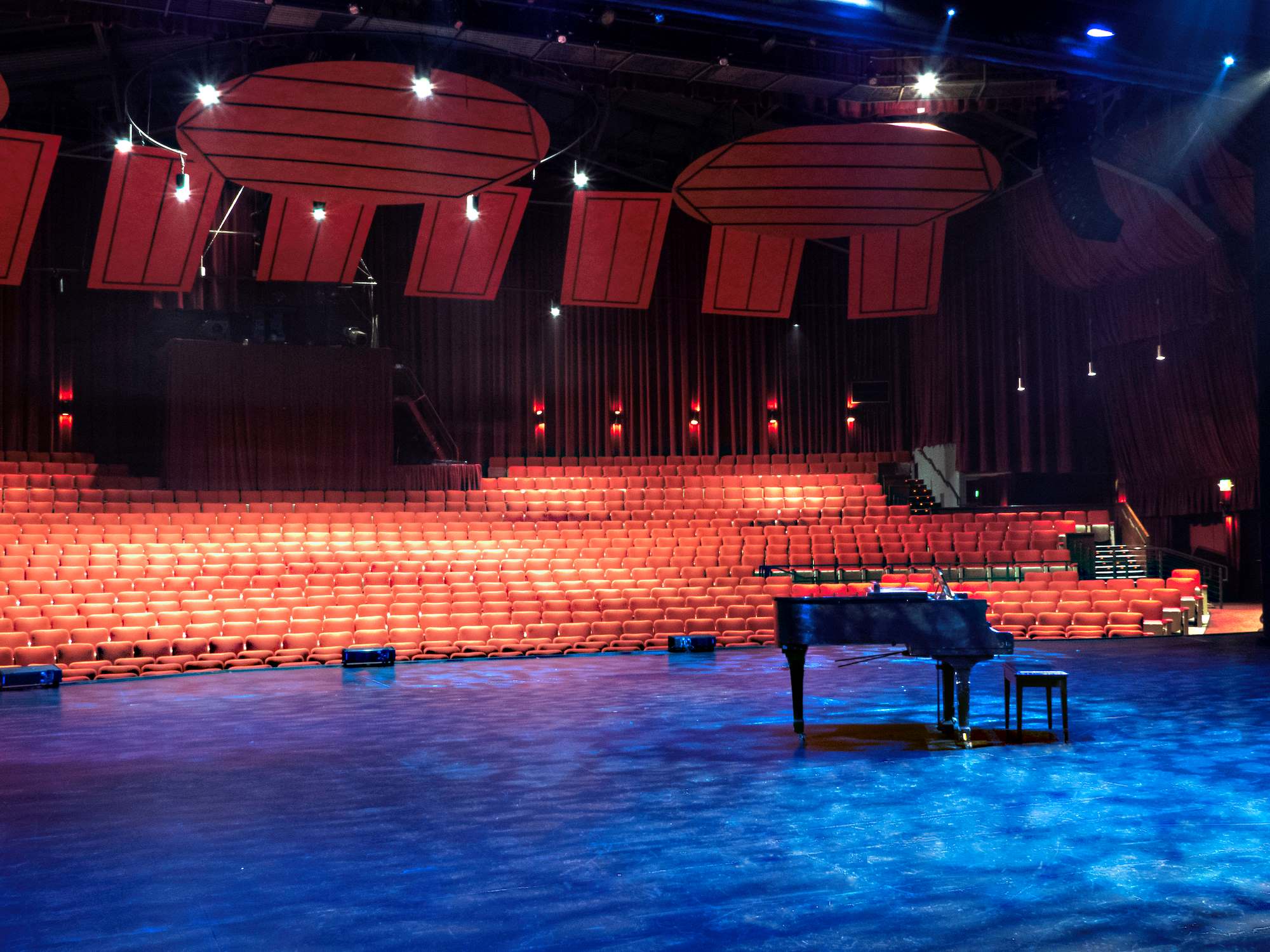
If you are a lover of art and architecture, then you must have heard about the Palace of Fine Arts. This iconic landmark, situated in the beautiful city of San Francisco, is a testament to the grandeur and beauty of classical architecture. Its stunning rotunda, colossal columns, and tranquil lagoon make it a must-visit destination for tourists and locals alike.
But did you know that there are some truly astounding facts about the Palace of Fine Arts that you may not be aware of? From its intriguing history to its unique construction, this article will uncover 16 fascinating insights about this magnificent landmark. So, let’s dive in and explore the lesser-known aspects of the Palace of Fine Arts.
Key Takeaways:
- The Palace of Fine Arts in San Francisco is a stunning architectural masterpiece inspired by ancient Greek and Roman styles, making it a popular spot for weddings, events, and photography.
- Visitors can enjoy the serene and picturesque surroundings of the Palace of Fine Arts, which is open to the public and offers a tranquil oasis amidst the bustling city, showcasing San Francisco’s rich cultural heritage.
The Palace of Fine Arts is located in San Francisco, California.
Situated in the Marina District, this stunning architectural masterpiece is a symbol of beauty and elegance.
It was originally constructed for the 1915 Panama-Pacific Exposition.
The Palace of Fine Arts was designed by Bernard Maybeck and served as a temporary structure for the exhibition celebrating the completion of the Panama Canal.
The Palace of Fine Arts is inspired by Greek and Roman architecture.
The grandeur and classical elements of the palace draw inspiration from ancient Greek and Roman architectural styles, adding to its timeless appeal.
The iconic dome of the Palace of Fine Arts is made of 3,100 panels.
Each panel is meticulously handcrafted and contributes to the overall majestic appearance of the structure.
The Palace of Fine Arts is surrounded by a picturesque lagoon.
The calm waters reflect the stunning columns and create a tranquil atmosphere, making it a popular spot for photography and relaxation.
It is a popular venue for weddings and special events.
Couples flock to this enchanting location to exchange their vows amidst the architectural splendor and natural beauty of the palace grounds.
The Palace of Fine Arts has been featured in various films and television shows.
Its timeless beauty and unique ambiance have made it a sought-after location for filmmakers and storytellers.
The Palace of Fine Arts underwent a major restoration in the 1960s.
Efforts were made to preserve and enhance the grandeur of the structure, ensuring its longevity for future generations to appreciate.
The Palace of Fine Arts hosts art exhibitions and cultural events.
It provides a venue for artists to showcase their work and offers visitors a chance to immerse themselves in the world of art and culture.
The grounds surrounding the Palace of Fine Arts are beautifully landscaped.
Visitors can take leisurely strolls, enjoying the meticulously maintained gardens and charming pathways.
The Palace of Fine Arts is open to the public.
Anyone can visit this architectural marvel and bask in its beauty without any admission fees.
The Palace of Fine Arts is a popular spot for photography enthusiasts.
Its stunning backdrop and majestic architecture provide endless opportunities for capturing breathtaking photos.
The Palace of Fine Arts is a designated San Francisco Historic Landmark.
It holds great historical and cultural significance, showcasing the rich heritage of the city.
The Palace of Fine Arts is surrounded by beautiful flora and fauna.
The lush greenery and vibrant flowers further enhance the charm of the surroundings, creating a captivating atmosphere.
The Palace of Fine Arts offers a serene and peaceful environment.
Visitors can escape the hustle and bustle of the city and find solace in the tranquil oasis that the palace provides.
The Palace of Fine Arts is an iconic symbol of San Francisco.
It represents the city’s commitment to preserving its rich cultural heritage and promoting the arts.
These 16 astounding facts about Palace of Fine Arts showcase the remarkable beauty and significance of this architectural gem. From its grand dome and picturesque surroundings to its role as a cultural hub, the palace continues to captivate visitors from around the world. Whether you’re an art enthusiast, a history lover, or simply seeking a peaceful retreat, the Palace of Fine Arts is a must-visit destination that embodies the timeless elegance of San Francisco.
Conclusion
In conclusion, the Palace of Fine Arts is truly a sight to behold. With its stunning architecture, rich history, and breathtaking surroundings, it stands as a testament to human creativity and ingenuity. Whether you are an art enthusiast, a history buff, or simply a traveler seeking a unique experience, a visit to the Palace of Fine Arts is sure to leave you in awe.
From its grand rotunda and colonnades to its tranquil lagoon and lush greenery, every aspect of this landmark exudes beauty and elegance. It serves not only as a venue for cultural events but also as a place of serenity and contemplation.
So, whether you are planning a trip to San Francisco or are fortunate enough to live in the area, make sure to carve out some time to explore the Palace of Fine Arts. This remarkable landmark is sure to leave a lasting impression and create memories that will stay with you for a lifetime.
FAQs
1. What is the history of the Palace of Fine Arts?
The Palace of Fine Arts was built for the 1915 Panama-Pacific International Exposition. It was designed by architect Bernard R. Maybeck and was originally intended to be a temporary structure.
2. How long did it take to construct the Palace of Fine Arts?
The construction of the Palace of Fine Arts took around 2 years, from 1913 to 1915.
3. What is the architectural style of the Palace of Fine Arts?
The Palace of Fine Arts is designed in the Greco-Roman architectural style, with influences from Roman and Greek structures.
4. What can visitors expect to see at the Palace of Fine Arts?
Visitors can expect to see the grand rotunda, colonnades, a tranquil lagoon, and beautiful landscaped gardens at the Palace of Fine Arts. There are also various art exhibitions and cultural events held at the venue.
5. Is photography allowed at the Palace of Fine Arts?
Yes, photography is allowed at the Palace of Fine Arts. Visitors are encouraged to capture the beauty of the landmark and share their experiences.
Was this page helpful?
Our commitment to delivering trustworthy and engaging content is at the heart of what we do. Each fact on our site is contributed by real users like you, bringing a wealth of diverse insights and information. To ensure the highest standards of accuracy and reliability, our dedicated editors meticulously review each submission. This process guarantees that the facts we share are not only fascinating but also credible. Trust in our commitment to quality and authenticity as you explore and learn with us.


